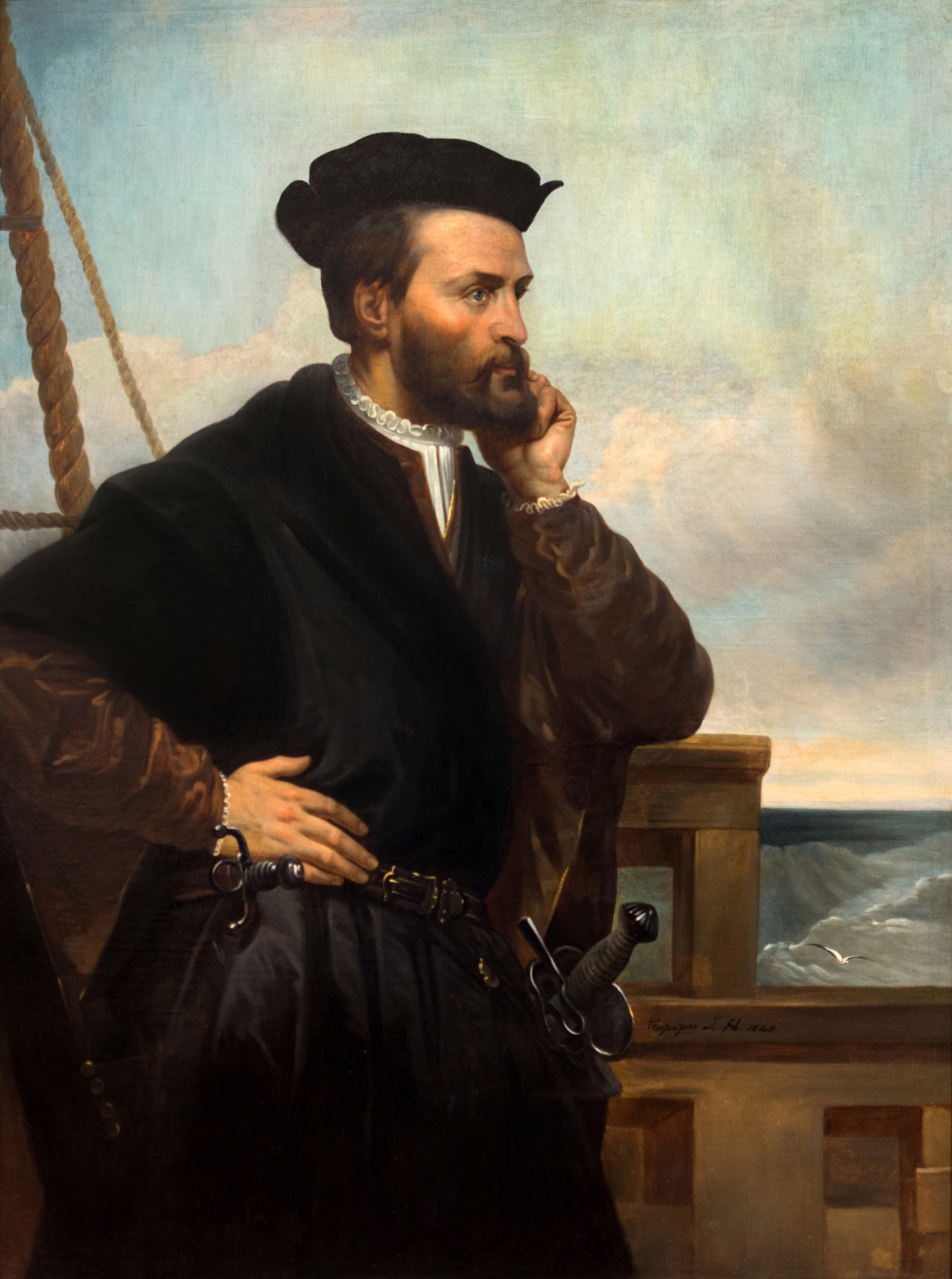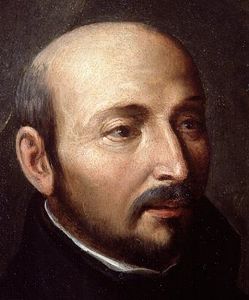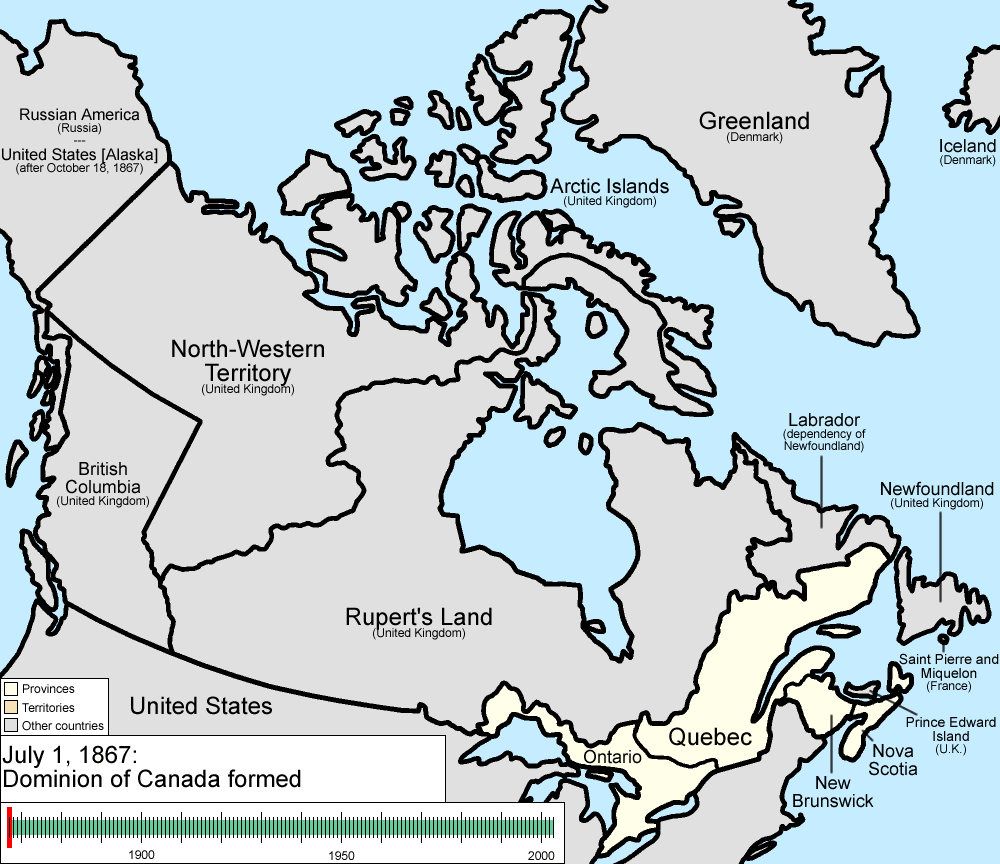|
Collège Classique
Classical colleges (''collèges classiques'') were a type of school in Quebec. Since its inception in the 17th century, up until the Quiet Revolution of the 1960s, classical college with its eight years of training in classics was the necessary pathway for Quebec's social elites to attain university and other professions. Their studies at the classical colleges would lead to the '' baccalauréat ès arts'' (which must not be confused with a bachelor degree conferred by a university). History The precursor of classical college in Quebec was thJesuit College of Quebec(Collège des Jésuites de Québec, today's St. Charles Garnier College) founded by Jesuit missionaries in 1635 in New France as the first French-language teaching establishment in North America. At this time, the college received mostly the sons of civil servants and naval officers who governed the colony. During the Seven Years' War, it was forced to close in 1759. Later, the education of French Canadian bourgeois w ... [...More Info...] [...Related Items...] OR: [Wikipedia] [Google] [Baidu] |
Quebec
Quebec ( ; )According to the Government of Canada, Canadian government, ''Québec'' (with the acute accent) is the official name in Canadian French and ''Quebec'' (without the accent) is the province's official name in Canadian English is one of the thirteen provinces and territories of Canada. It is the List of Canadian provinces and territories by area, largest province by area and the second-largest by Population of Canada by province and territory, population. Much of the population lives in urban areas along the St. Lawrence River, between the most populous city, Montreal, and the provincial capital, Quebec City. Quebec is the home of the Québécois people, Québécois nation. Located in Central Canada, the province shares land borders with Ontario to the west, Newfoundland and Labrador to the northeast, New Brunswick to the southeast, and a coastal border with Nunavut; in the south it borders Maine, New Hampshire, Vermont, and New York (state), New York in the United ... [...More Info...] [...Related Items...] OR: [Wikipedia] [Google] [Baidu] |
Montreal
Montreal ( ; officially Montréal, ) is the second-most populous city in Canada and most populous city in the Canadian province of Quebec. Founded in 1642 as '' Ville-Marie'', or "City of Mary", it is named after Mount Royal, the triple-peaked hill around which the early city of Ville-Marie is built. The city is centred on the Island of Montreal, which obtained its name from the same origin as the city, and a few much smaller peripheral islands, the largest of which is Île Bizard. The city is east of the national capital Ottawa, and southwest of the provincial capital, Quebec City. As of 2021, the city had a population of 1,762,949, and a metropolitan population of 4,291,732, making it the second-largest city, and second-largest metropolitan area in Canada. French is the city's official language. In 2021, it was spoken at home by 59.1% of the population and 69.2% in the Montreal Census Metropolitan Area. Overall, 85.7% of the population of the city of Montreal co ... [...More Info...] [...Related Items...] OR: [Wikipedia] [Google] [Baidu] |
Jesuit
The Society of Jesus ( la, Societas Iesu; abbreviation: SJ), also known as the Jesuits (; la, Iesuitæ), is a religious order (Catholic), religious order of clerics regular of pontifical right for men in the Catholic Church headquartered in Rome. It was founded in 1540 by Ignatius of Loyola and six companions, with the approval of Pope Paul III. The society is engaged in evangelization and apostolic ministry in 112 nations. Jesuits work in education, research, and cultural pursuits. Jesuits also give retreats, minister in hospitals and parishes, sponsor direct social and humanitarian ministries, and promote Ecumenism, ecumenical dialogue. The Society of Jesus is consecrated under the patron saint, patronage of Madonna della Strada, a title of the Blessed Virgin Mary, and it is led by a Superior General of the Society of Jesus, Superior General. The headquarters of the society, its Curia, General Curia, is in Rome. The historic curia of Ignatius is now part of the attached to t ... [...More Info...] [...Related Items...] OR: [Wikipedia] [Google] [Baidu] |
Greco-Roman Antiquity
Classical antiquity (also the classical era, classical period or classical age) is the period of cultural history between the 8th century BC and the 5th century AD centred on the Mediterranean Sea, comprising the interlocking civilizations of ancient Greece and ancient Rome known as the Greco-Roman world. It is the period in which both Greek and Roman societies flourished and wielded huge influence throughout much of Europe, North Africa, and Western Asia. Conventionally, it is taken to begin with the earliest-recorded Epic Greek poetry of Homer (8th–7th-century BC), and continues through the emergence of Christianity (1st century AD) and the fall of the Western Roman Empire (5th-century AD). It ends with the decline of classical culture during late antiquity (250–750), a period overlapping with the Early Middle Ages (600–1000). Such a wide span of history and territory covers many disparate cultures and periods. ''Classical antiquity'' may also refer to an idealized vi ... [...More Info...] [...Related Items...] OR: [Wikipedia] [Google] [Baidu] |
Humanism
Humanism is a philosophical stance that emphasizes the individual and social potential and agency of human beings. It considers human beings the starting point for serious moral and philosophical inquiry. The meaning of the term "humanism" has changed according to the successive intellectual movements that have identified with it. During the Italian Renaissance, ancient works inspired scholars in various Italian cities, giving rise to a movement now called Renaissance humanism. With Enlightenment, humanistic values were re-enforced by the advances in science and technology, giving confidence to humans in their exploration of the world. By the early 20th century, organizations solely dedicated to humanism flourished in Europe and the United States, and have since expanded all over the globe. In the current day, the term generally refers to a focus on human well-being and advocates for human freedom, autonomy, and progress. It views humanity as responsible for the prom ... [...More Info...] [...Related Items...] OR: [Wikipedia] [Google] [Baidu] |
CEGEP
A CEGEP ( or ; ), also written cégep, CÉGEP and cegep, is a publicly funded college providing technical, academic, vocational or a mix of programs; they are exclusive to the province of Quebec's education system. A loanword from French, it originates from the French acronym for , sometimes known in English as a "General and Vocational College"—it is now considered a word in itself. Although all colleges in Quebec are colloquially referred to as CEGEPs, only public colleges are officially referred to by that name. Both public (CEGEPs) and private colleges have the same function in Quebec. Although they may occasionally be compared to junior colleges or community colleges, CEGEPs differ in that a Diploma of College Studies (or , DEC) is required for university admission in Quebec, unless a student enters as a mature student, which typically means a minimum age of 21, with other requirements. A student in Quebec typically cannot enter university with only a secondary di ... [...More Info...] [...Related Items...] OR: [Wikipedia] [Google] [Baidu] |
Saint-Jean-sur-Richelieu
Saint-Jean-sur-Richelieu () is a city in eastern Montérégie in the Canadian province of Quebec, about southeast of Montreal. It is situated on the west bank of the Richelieu River at the northernmost navigable point of Lake Champlain. As of December 2019, the population of Saint-Jean-sur-Richelieu was 98,036. History Historically, the city has been an important transportation hub. The first railway line in British North America connected it with La Prairie in 1836. It also hosts the annual International Balloon Festival of Saint-Jean-sur-Richelieu, a hot air balloon festival which attracts hundreds of tourists who come to see the hundreds of balloons in the sky each August. The Chambly Canal extends north along the west bank of the river and provides modern freight passage to Chambly and the St. Lawrence River. The canal has one lock near the downtown core of Saint-Jean-sur-Richelieu. In the winter, the city builds a skating rink on the canal near the lock. In the ... [...More Info...] [...Related Items...] OR: [Wikipedia] [Google] [Baidu] |
Sainte-Thérèse-de-Blainville
Blainville is a suburb of Montreal located on the North Shore in southwestern Quebec, Canada. Blainville forms part of the Thérèse-De Blainville Regional County Municipality within the Laurentides region of Quebec. The town sits at the foot of the Laurentian Mountains and is located northwest of downtown Montreal. History Louis de Buade de Frontenac granted a vast territory that includes present-day Blainville to elite members of society, lords (" seigneurs") or ''seigneurs'', to promote the development of New France in 1683. The ''Seigneurie des Mille Îles'' (Lordship of the Thousand Islands) encompassed over along the northern shores of the Mille Îles River. In 1792, a disagreement between Seigneur Hertel and Seigneuresse Lamarque resulted in a division of the seigneurial territory along what was then-called the Great Line (present-day Boulevard du Curé-Labelle or Quebec Route 117). Blainville is named for the third lord of the seigneurie, Jean-Baptiste Céloron de ... [...More Info...] [...Related Items...] OR: [Wikipedia] [Google] [Baidu] |
Quebec City
Quebec City ( or ; french: Ville de Québec), officially Québec (), is the capital city of the Provinces and territories of Canada, Canadian province of Quebec. As of July 2021, the city had a population of 549,459, and the Communauté métropolitaine de Québec, metropolitan area had a population of 839,311. It is the eleventhList of the largest municipalities in Canada by population, -largest city and the seventhList of census metropolitan areas and agglomerations in Canada, -largest metropolitan area in Canada. It is also the List of towns in Quebec, second-largest city in the province after Montreal. It has a humid continental climate with warm summers coupled with cold and snowy winters. The Algonquian people had originally named the area , an Algonquin language, AlgonquinThe Algonquin language is a distinct language of the Algonquian languages, Algonquian language family, and is not a misspelling. word meaning "where the river narrows", because the Saint Lawrence River na ... [...More Info...] [...Related Items...] OR: [Wikipedia] [Google] [Baidu] |
Gaspé Peninsula
The Gaspé Peninsula, also known as Gaspesia (; ), is a peninsula along the south shore of the Saint Lawrence River that extends from the Matapedia Valley in Quebec, Canada, into the Gulf of Saint Lawrence. It is separated from New Brunswick on its southern side by Chaleur Bay and the Restigouche River. The name ''Gaspé'' comes from the Miꞌkmaq word , meaning "end", referring to the end of the land. The Gaspé Peninsula is slightly larger than Belgium, at . The population is 140,599 as of the 2011 census.The population of the Gaspe Peninsula is determined by adding the population of two federal electoral districts, Haute-Gaspésie—La Mitis—Matane—Matapédia and Gaspésie—Îles-de-la-Madeleine, while subtracting that of the Magdalen Islands. It is also noted as being the only region outside the Channel Islands to contain native speakers of Jersey Norman. Geography Sea cliffs dominate the peninsula's northern shore along the St. Lawrence River. Cap Gaspé, jut ... [...More Info...] [...Related Items...] OR: [Wikipedia] [Google] [Baidu] |
Université De Saint-Boniface
The Université de Saint-Boniface (USB) is a French-language public university located in the Saint Boniface neighbourhood of Winnipeg, Manitoba, Canada. An affiliated institution of the University of Manitoba, the university offers general and specialized university degree programs as well as technical and professional training. In 2014, 1,368 regular students were enrolled. Its Continuing Education Division, which includes a language school, has also counted over 4,200 enrolments. History Université de Saint-Boniface was established by Father Norbert Provencher (1787–1853) in 1818, making it western Canada's oldest post-secondary educational institution. It began as a small school where Latin was taught to the boys of the French-speaking Red River Colony. In 1855, Collège de Saint-Boniface was constructed on the corner of Taché Avenue and Masson Street; this was overseen by Msgr. Alexandre-Antonin Taché (1823–1894). From 1866 to 1870, under the guidance of ... [...More Info...] [...Related Items...] OR: [Wikipedia] [Google] [Baidu] |
Manitoba
, image_map = Manitoba in Canada 2.svg , map_alt = Map showing Manitoba's location in the centre of Southern Canada , Label_map = yes , coordinates = , capital = Winnipeg , largest_city = Winnipeg , largest_metro = Winnipeg Region , official_lang = English , government_type = Parliamentary constitutional monarchy , Viceroy = Anita Neville , ViceroyType = Lieutenant Governor , Premier = Heather Stefanson , Legislature = Legislative Assembly of Manitoba , area_rank = 8th , area_total_km2 = 649950 , area_land_km2 = 548360 , area_water_km2 = 101593 , PercentWater = 15.6 , population_demonym = Manitoban , population_rank = 5th , population_total = 1342153 , population_as_of = 2021 , population_est = 14 ... [...More Info...] [...Related Items...] OR: [Wikipedia] [Google] [Baidu] |









.jpg)
